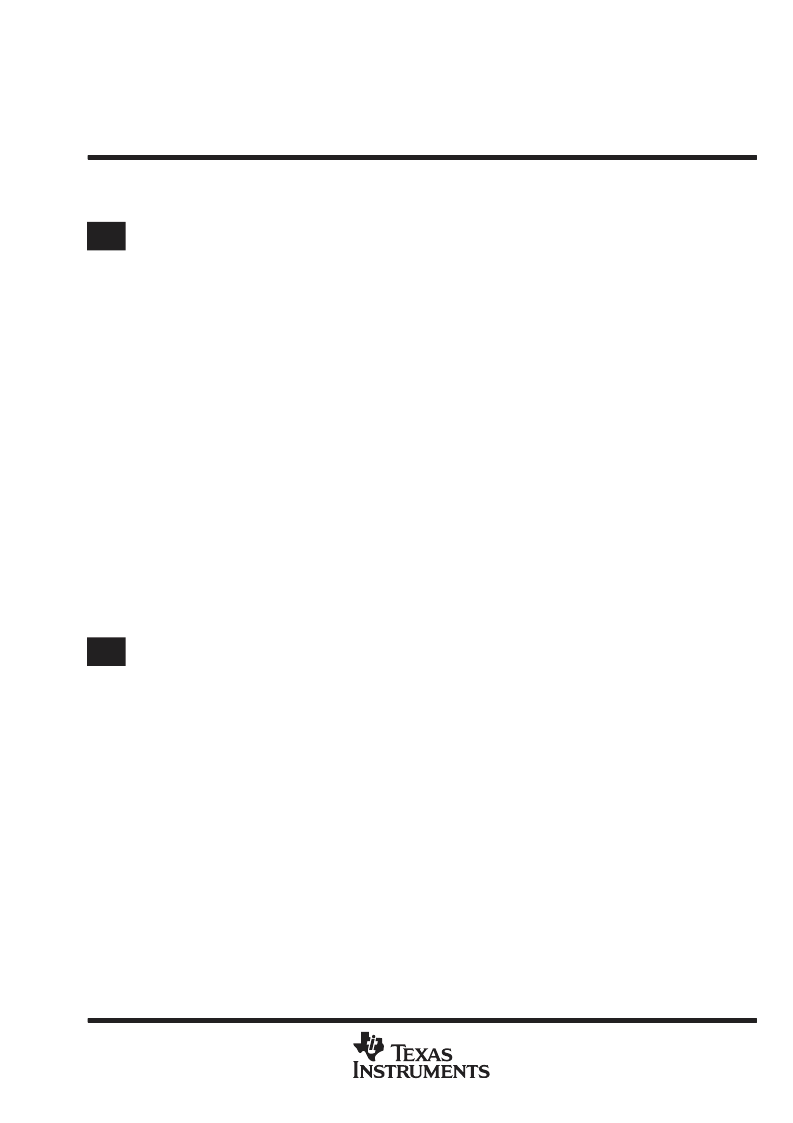- 您現(xiàn)在的位置:買(mǎi)賣(mài)IC網(wǎng) > PDF目錄384016 > TMDS3700572A (Texas Instruments, Inc.) TMS370 MICROCONTROLLER FAMILY DATA BOOK PDF資料下載
參數(shù)資料
| 型號(hào): | TMDS3700572A |
| 廠(chǎng)商: | Texas Instruments, Inc. |
| 英文描述: | TMS370 MICROCONTROLLER FAMILY DATA BOOK |
| 中文描述: | TMS370微控制器系列數(shù)據(jù)手冊(cè) |
| 文件頁(yè)數(shù): | 37/78頁(yè) |
| 文件大小: | 919K |
| 代理商: | TMDS3700572A |
第1頁(yè)第2頁(yè)第3頁(yè)第4頁(yè)第5頁(yè)第6頁(yè)第7頁(yè)第8頁(yè)第9頁(yè)第10頁(yè)第11頁(yè)第12頁(yè)第13頁(yè)第14頁(yè)第15頁(yè)第16頁(yè)第17頁(yè)第18頁(yè)第19頁(yè)第20頁(yè)第21頁(yè)第22頁(yè)第23頁(yè)第24頁(yè)第25頁(yè)第26頁(yè)第27頁(yè)第28頁(yè)第29頁(yè)第30頁(yè)第31頁(yè)第32頁(yè)第33頁(yè)第34頁(yè)第35頁(yè)第36頁(yè)當(dāng)前第37頁(yè)第38頁(yè)第39頁(yè)第40頁(yè)第41頁(yè)第42頁(yè)第43頁(yè)第44頁(yè)第45頁(yè)第46頁(yè)第47頁(yè)第48頁(yè)第49頁(yè)第50頁(yè)第51頁(yè)第52頁(yè)第53頁(yè)第54頁(yè)第55頁(yè)第56頁(yè)第57頁(yè)第58頁(yè)第59頁(yè)第60頁(yè)第61頁(yè)第62頁(yè)第63頁(yè)第64頁(yè)第65頁(yè)第66頁(yè)第67頁(yè)第68頁(yè)第69頁(yè)第70頁(yè)第71頁(yè)第72頁(yè)第73頁(yè)第74頁(yè)第75頁(yè)第76頁(yè)第77頁(yè)第78頁(yè)

GLOSSARY/SYMBOLS, TERMS, AND DEFINITIONS
1–29
POST OFFICE BOX 1443
HOUSTON, TEXAS 77251–1443
glossary/symbols, terms, and definitions
A
absolute addressing mode:
An addressing mode in which code or operands produce the actual address
address:
Any given memory location in which data can be stored or from which data can be retrieved
addressing mode:
The method by which an instruction calculates the location of its required data
analog-to-digital converter (ADC):
circuitry. Also referred to as ADC1, ADC2, or ADC3. ADC1 is an 8-channel ADC, except for the 40-pin
TMS370Cx4x devices which have only four channels. ADC2 is a 4-channel ADC. And ADC3 is a 15-channel ADC.
An 8-bit successive-approximation converter with internal sample-and-hold
ANSI C:
tional Standards Institute
A version of the C programming language that conforms to the C standards defined by the American Na-
archiver:
library. The archiver also allows the addition, deletion, extraction, or replacement of members of the archive library.
A software program that allows the collection of several individual files into a single file called an archive
assembler:
language instructions, directives, and macro directives. The assembler substitutes absolute operation codes for
symbolic operation codes, and absolute or relocatable addresses for symbolic addresses.
A software program that creates a machine-language program from a source file containing assembly
assembly language:
of the 73 unique instructions of the TMS370 family converts to one machine operation.
A symbolic language that describes the binary machine code in a more readable form. Each
asynchronous-communications mode:
communications mode format consists of a start bit followed by data bits, an optional parity bit, and a stop bit. This
format commonly is used with RS-232-C communications and PC serial ports.
An SCI mode that needs no synchronizing clock. The asynchronous
B
baud:
The communication speed for serial ports; equivalent to bits per second
BCD:
Binary coded decimal.Each 4-bit nibble expresses a digit from 0–9 and usually packs two digits to a byte,
giving a range of 0–99.
bit:
Contraction of binary digit i.e., a 1 or a 0. In electrical terms, the value of a bit can be represented by the pres-
ence or absence of charge, voltage, or current.
breakpoint, trace, and timing (BTT) features:
XDS/22 emulation system). These features allow the setting of hardware breakpoints, collecting of trace samples,
and performing timing analysis.
A set of features supported by the BTT board (included with the
buffer pointer:
the circular-capture buffer
A 5-bit register in the PACT module peripheral frame that points to the next available location in
byte:
A sequence of eight adjacent bits operated upon as a unit
相關(guān)PDF資料 |
PDF描述 |
|---|---|
| TMDS3740555-09 | TMS370 MICROCONTROLLER FAMILY DATA BOOK |
| TMDS3740850-02 | TMS370 MICROCONTROLLER FAMILY DATA BOOK |
| TMDS3740855-02 | TMS370 MICROCONTROLLER FAMILY DATA BOOK |
| TMDS3760500A | TMS370 MICROCONTROLLER FAMILY DATA BOOK |
| TMDS3770110 | TMS370 MICROCONTROLLER FAMILY DATA BOOK |
相關(guān)代理商/技術(shù)參數(shù) |
參數(shù)描述 |
|---|---|
| TMDS3740555-09 | 功能描述:開(kāi)發(fā)軟件 TMS370 Optimizing C Cross Compiler RoHS:否 制造商:Atollic Inc. 產(chǎn)品:Compilers/Debuggers 用于:ARM7, ARM9, Cortex-A, Cortex-M, Cortex-R Processors |
| TMDS3740850-02 | 功能描述:開(kāi)發(fā)軟件 TMS370 Assembler/ Linker RoHS:否 制造商:Atollic Inc. 產(chǎn)品:Compilers/Debuggers 用于:ARM7, ARM9, Cortex-A, Cortex-M, Cortex-R Processors |
| TMDS3740855-02 | 功能描述:開(kāi)發(fā)軟件 TMS370 Optimizing Cross Compiler RoHS:否 制造商:Atollic Inc. 產(chǎn)品:Compilers/Debuggers 用于:ARM7, ARM9, Cortex-A, Cortex-M, Cortex-R Processors |
| TMDS3760500A | 制造商:TI 制造商全稱(chēng):Texas Instruments 功能描述:TMS370 MICROCONTROLLER FAMILY DATA BOOK |
| TMDS3770110 | 制造商:TI 制造商全稱(chēng):Texas Instruments 功能描述:TMS370 MICROCONTROLLER FAMILY DATA BOOK |
發(fā)布緊急采購(gòu),3分鐘左右您將得到回復(fù)。